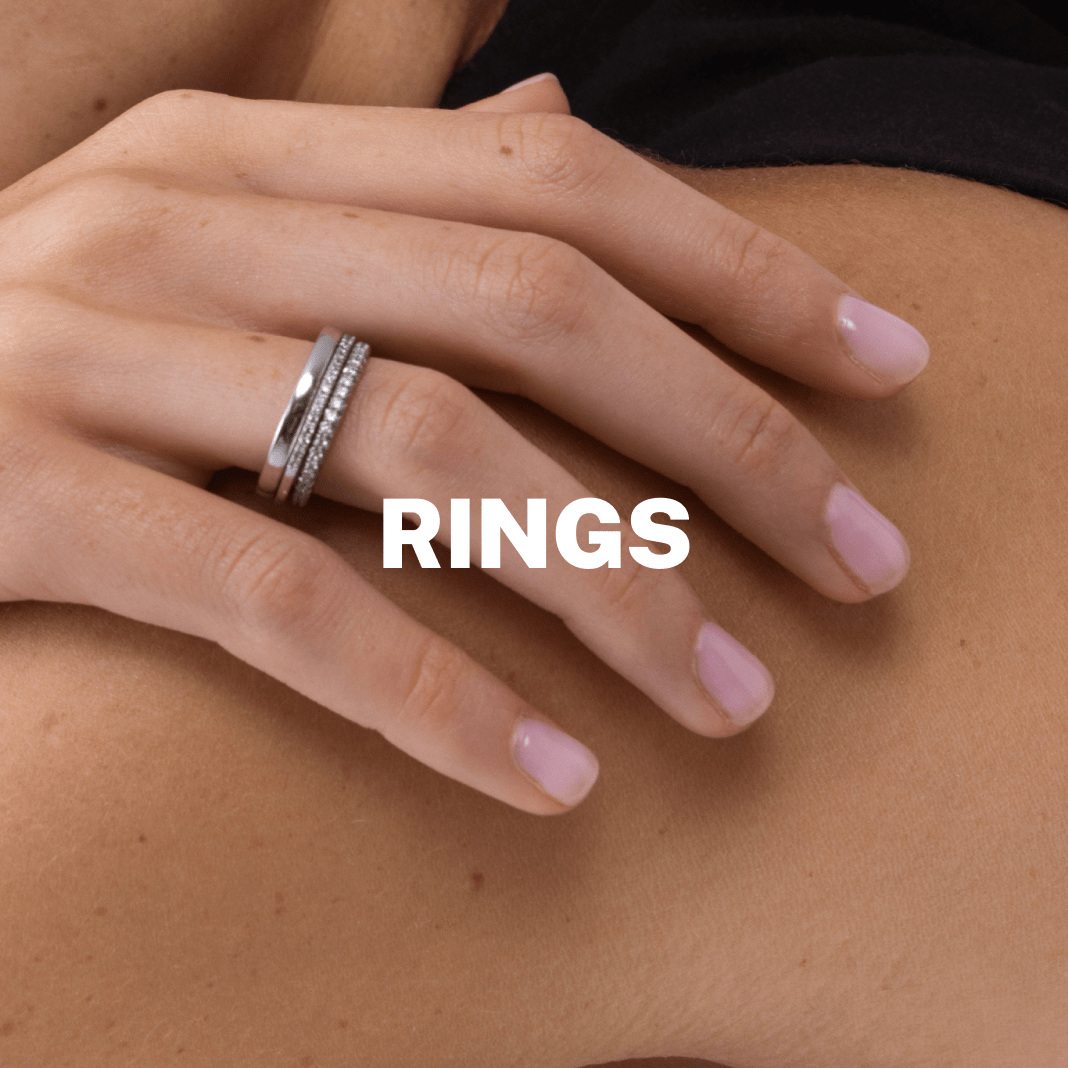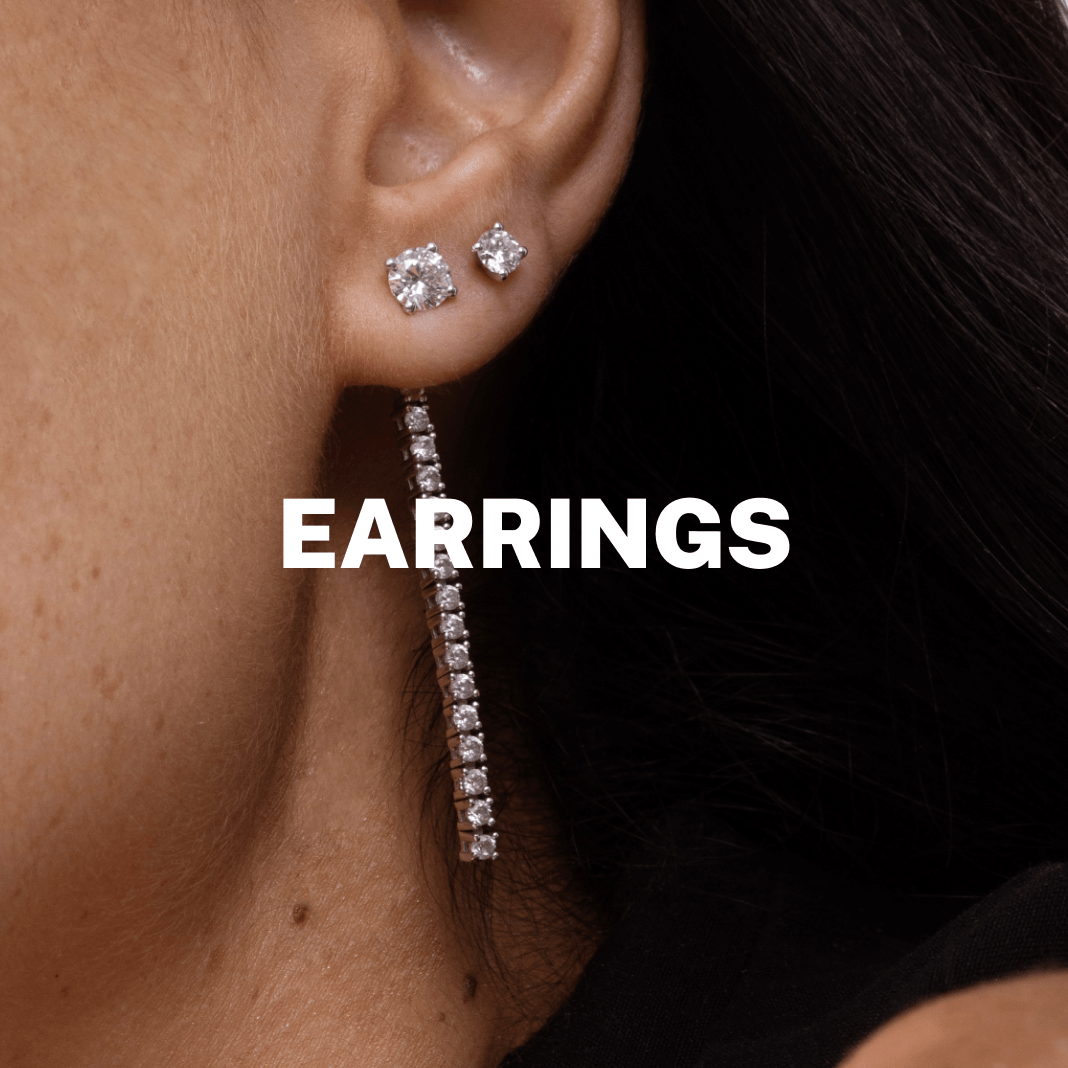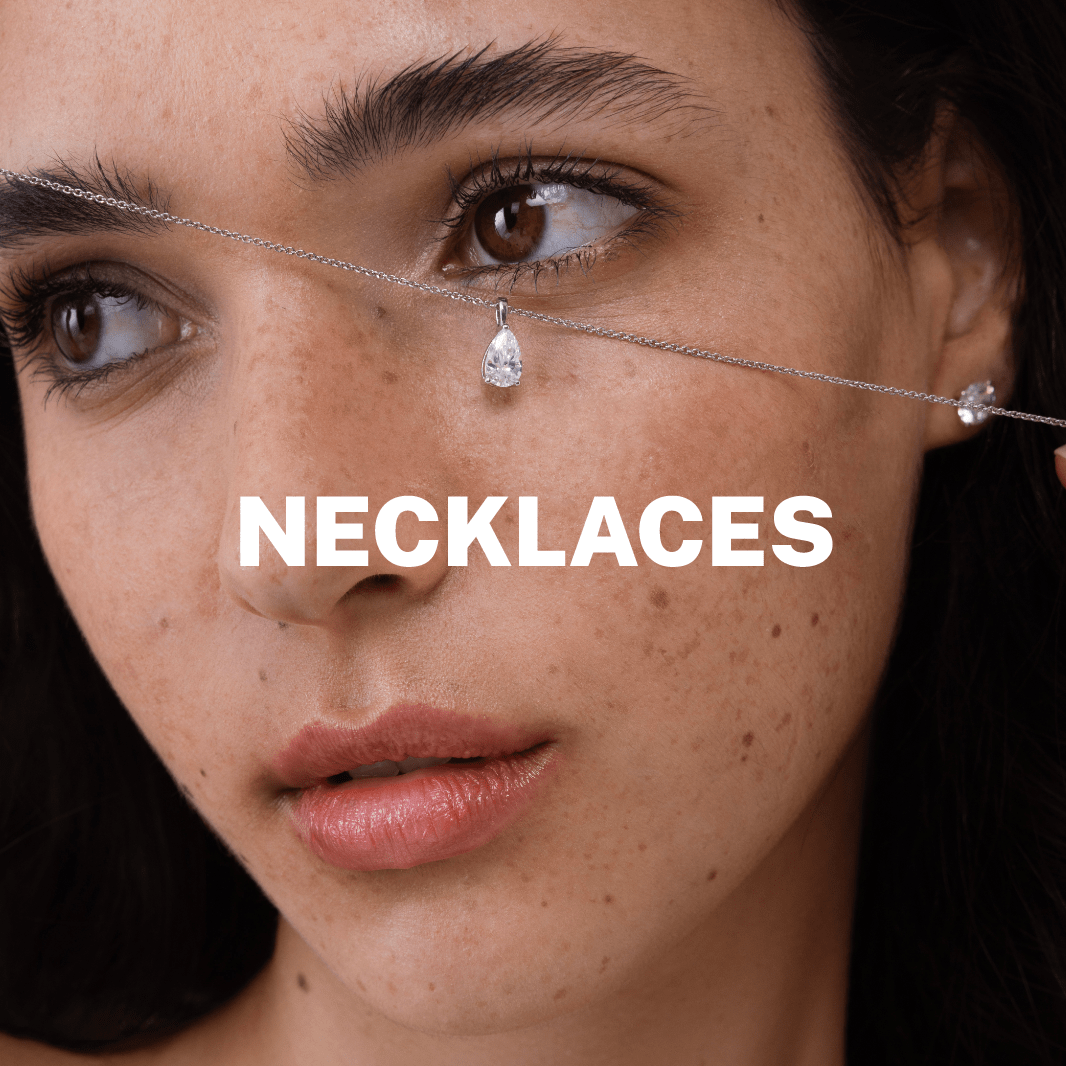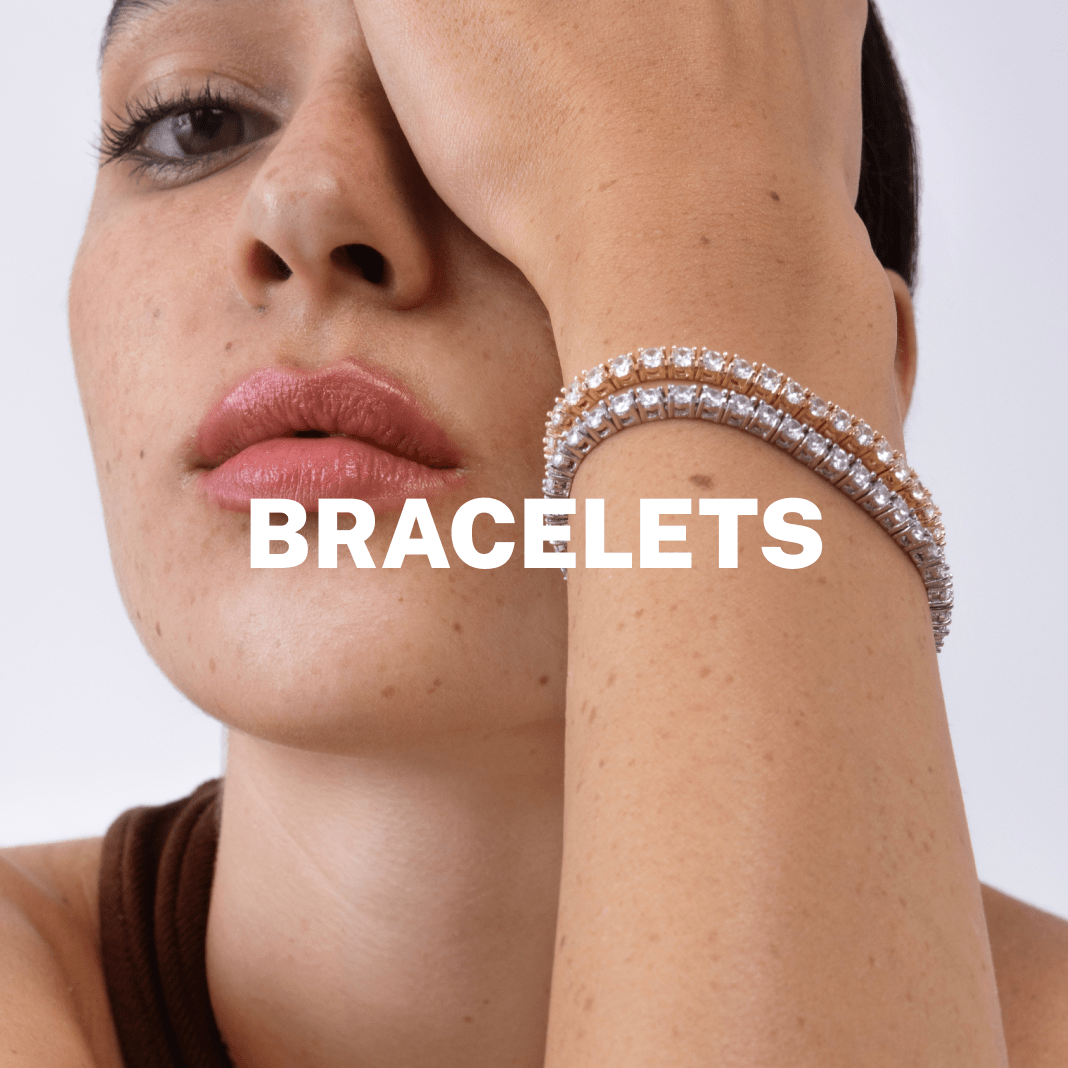What Is Slow Fashion?
Let's start with the exact opposite of what is slow fashion... what is fast fashion.
Low production costs due to mass quantity production and cheap labor have made it easier than ever for modern countries to afford clothing, shoes and accessories. Combined with monthly cycles offering ever-changing collections of designs and an endless abundance of social media and marketing material consumed, and you've got a recipe for over-consumption. And waste. Lots of waste.
What Is Slow Fashion? How It Challenges the Wasteful Nature of Fast Fashion
What Is Fast Fashion?
Fast fashion is one of the main causes of pollution both on the production side and the disposal side of its journey. Low cost labor and manufacturing have their own toll on working conditions and the ethics of that, as well as toxic air pollution if not from the processes themselves, but from the shear quantities involved.
By consuming 'affordable' fast fashion, you'll naturally expect to dispose of your clothing as they quickly lose shape and quality, and slide out of fashion as collections are refreshed and a new trend is marketed to the masses. Our temporary fashion sense creates the need for massive land fills, usually in poor countries, polluting their environment and water especially.
Sustainable Slow Fashion
Slow fashion takes the opposite approach. Timeless design, higher quality items made to last, and crafted with finer materials by skilled workers mean that you (need to) make fewer purchases, create less demand for large quantities to be manufactured, and finally less waste. Combined with ethically sourced, eco-friendly materials and you'll have a truly sustainable fashion product.
Let's take the jewelry industry for example, as that's what we know best..
Fine Materials
Jewelry comes in many shapes and forms, however there are two distinctly different categories: fashion jewelry and fine jewelry. Fine jewelry is generally considered solid gold and platinum jewelry, with or without diamonds and precious gemstones. Fashion jewelry would be all other metals, with sterling silver and gold plated jewelry being the higher end of the fashion jewelry scale.
Made To Last
For the sake of our topic, the key difference is that fine jewelry lasts. Fashion jewelry often doesn't. Silver jewelry would be borderline on both, however it does have the issue of tarnishing as the silver reacts with the oxygen in the air around us. Gold plating also does well, but eventually that will fade away and the metal underneath may cause allergic reactions, generally look bad and other undesirables.
Diamonds are forever, while gold and platinum are hypoallergenic and as solid metals will not fade or tarnish.
Timeless Design
By combining materials that are forever with timeless design, you have jewelry that never needs replacing. Yes, there maybe minor maintenance over the years, but we won't be contributing to the demand for endless production and waste of fast fashion options.
Timeless design means that it'll never go out of style, and can ideally be worn with any outfit, any day and any time of the day.
Skilled Workers
Mass produced jewelry, even when it's fine jewelry, will absolutely make it more affordable, but then we're back to the issues of working conditions and buying a piece that truly lasts and doesn't need replacing.
With the higher price tag of fine jewelry, and especially made-to-order jewelry, more time and effort can be invested in creating a quality piece that will last. Not just because of the materials, but also the design and craftsmanship. Skilled workers will care about their art, will refine their skills, have more time on each piece and will be duly compensated.
Ethically Sourced
None of this will matter if the raw materials we use are themselves made or sourced in a way that damages the environment or has detrimental human impact. Where possible, look for eco-friendly, sustainable materials, recycled and/or with a minimum carbon footprint.














